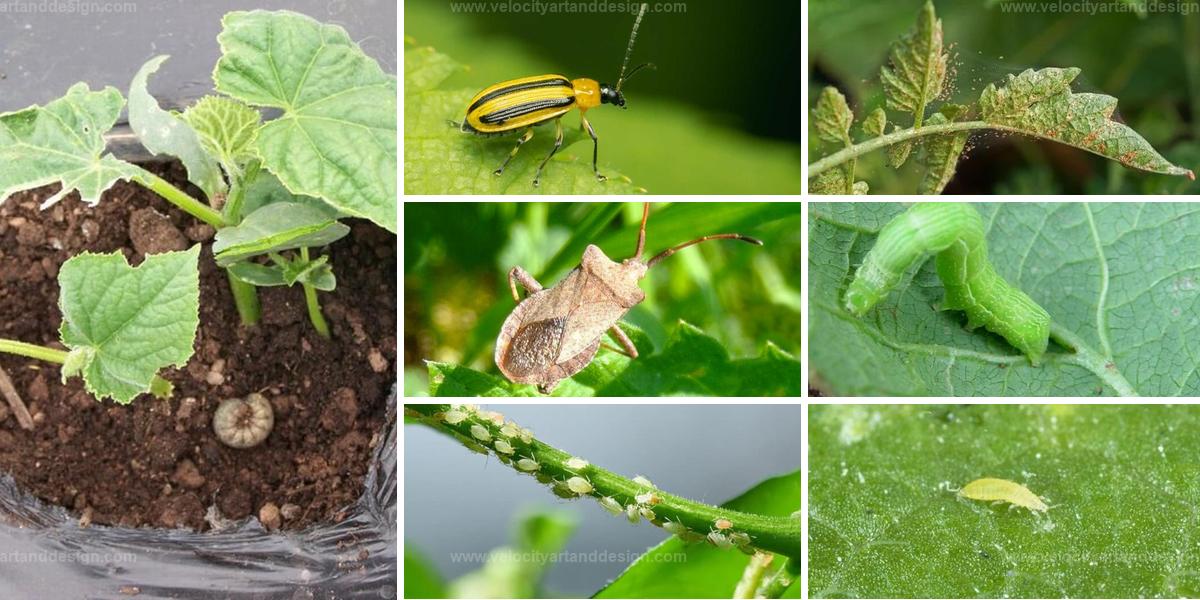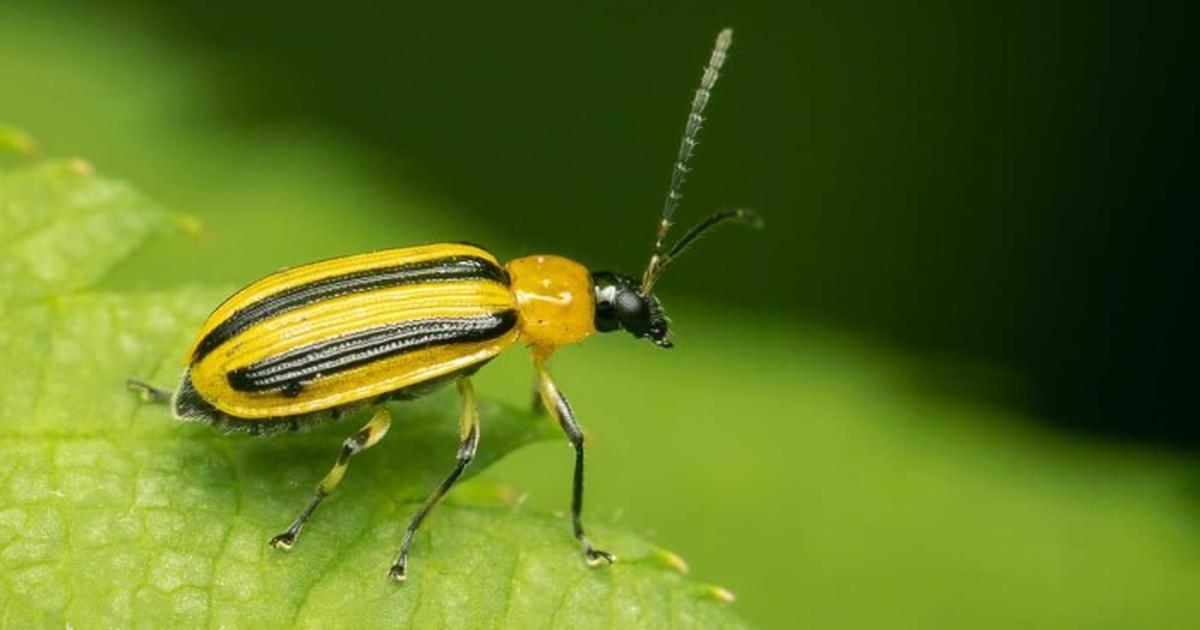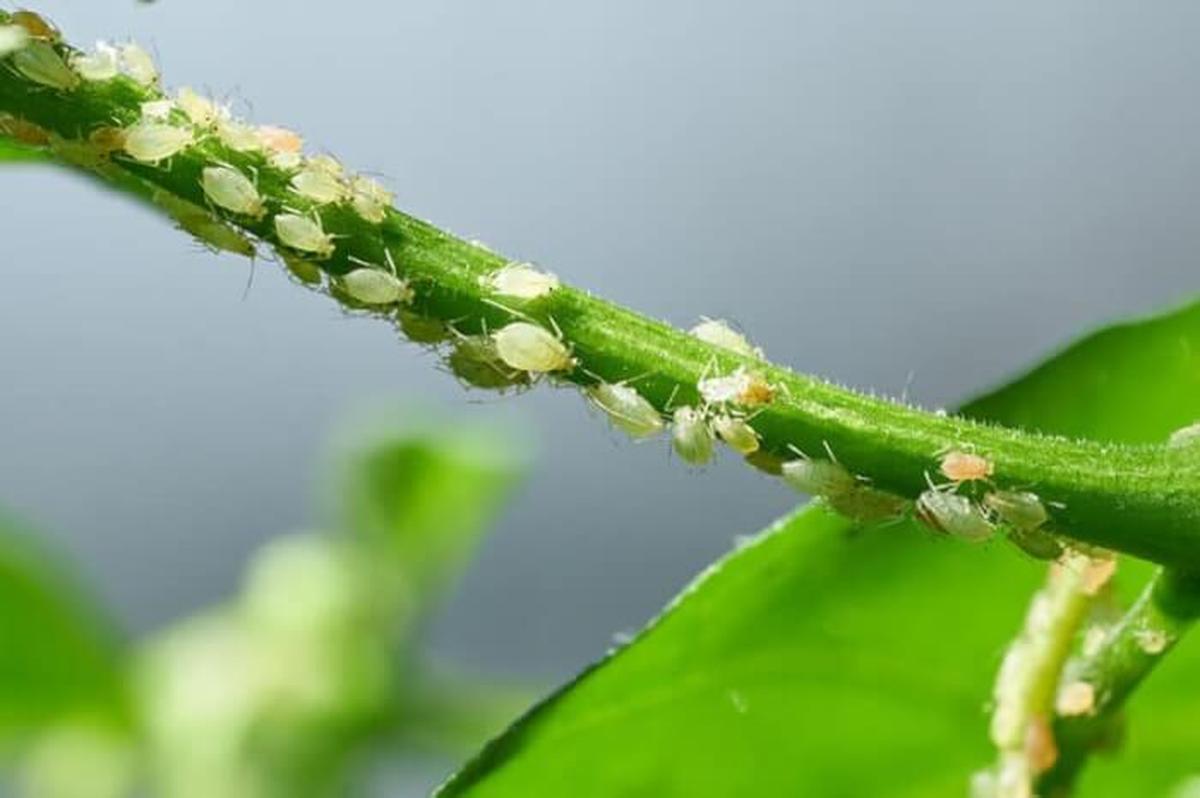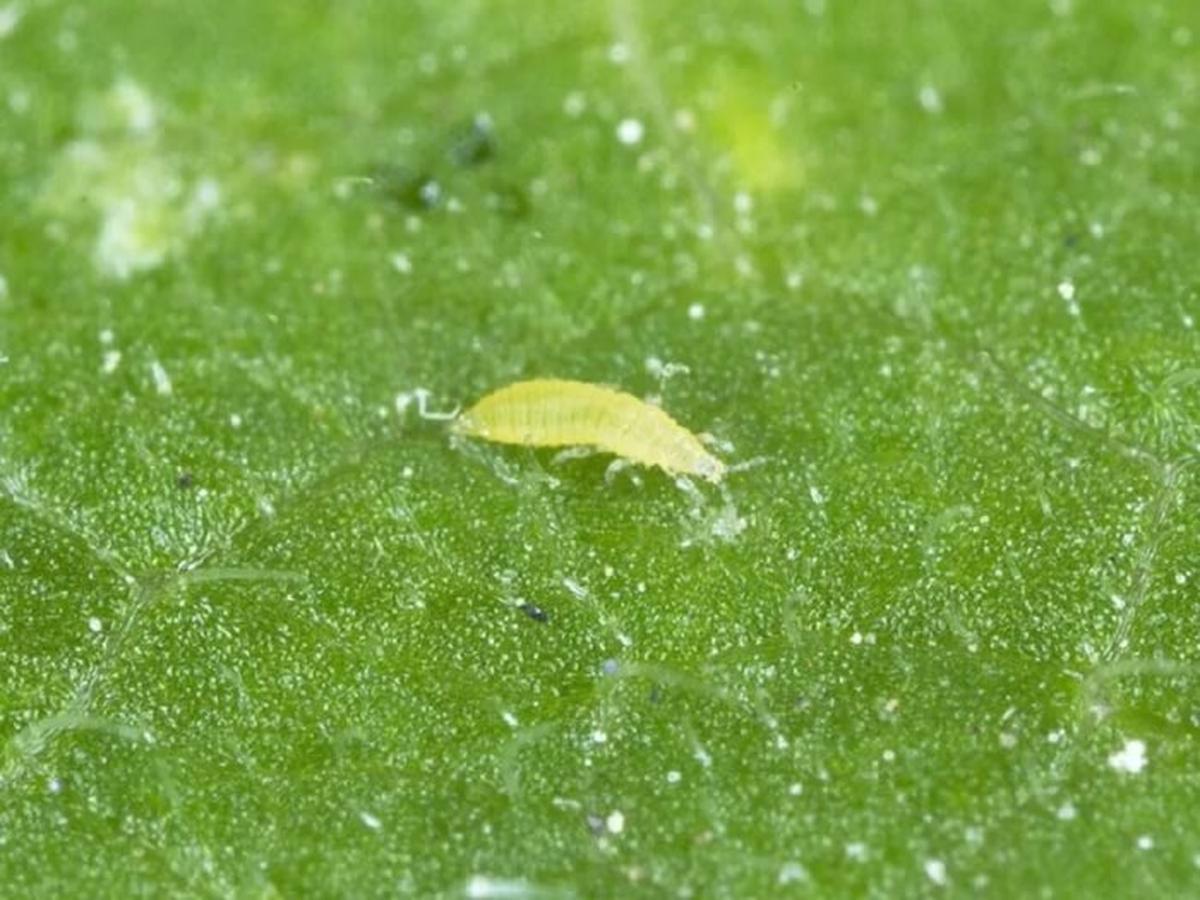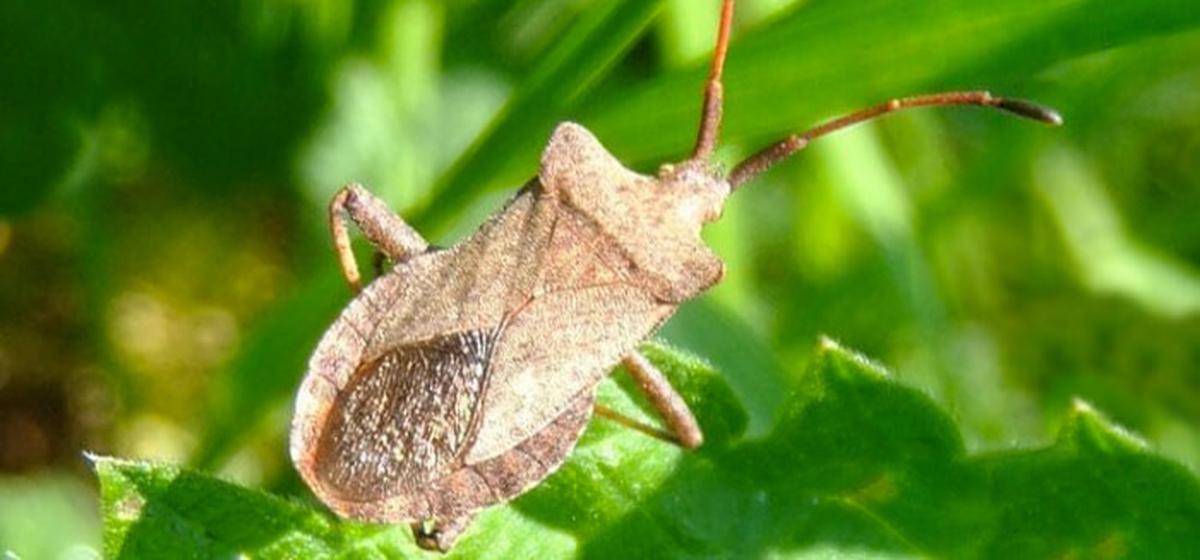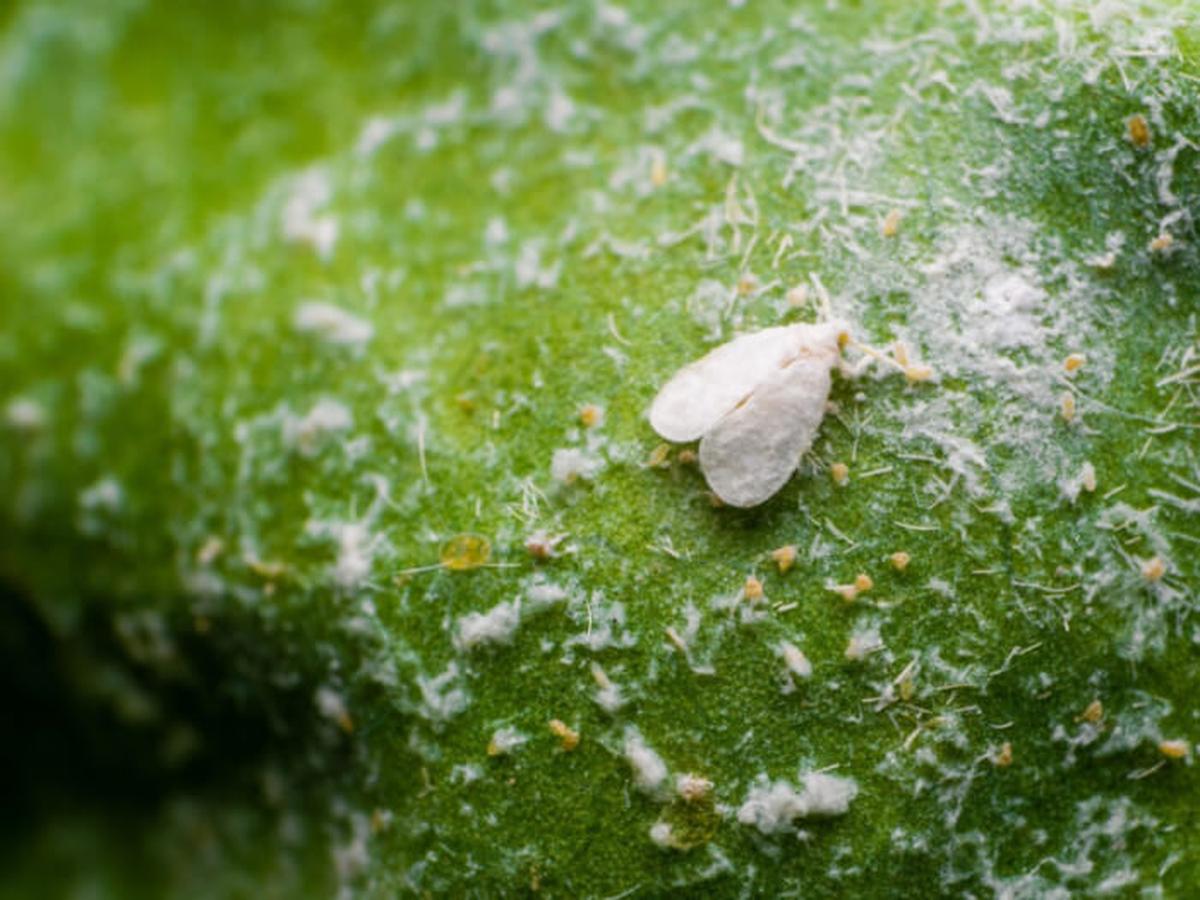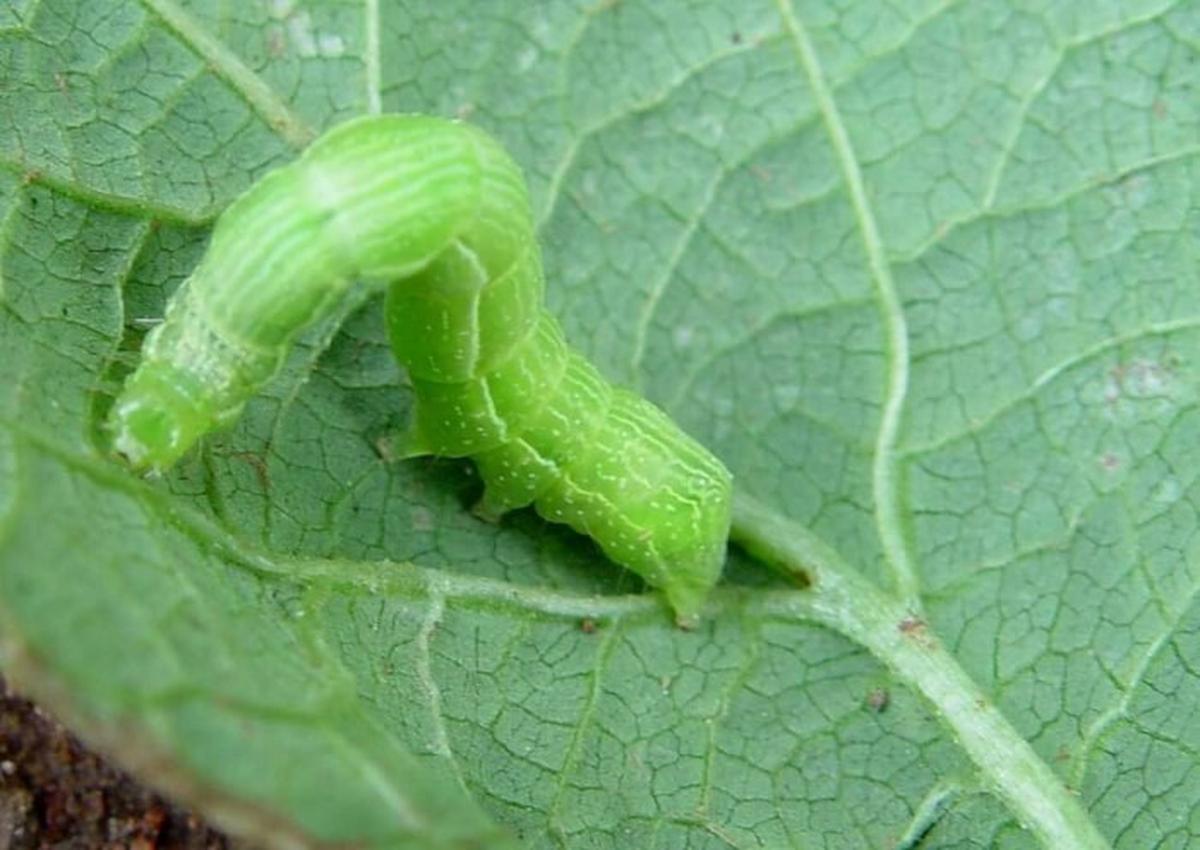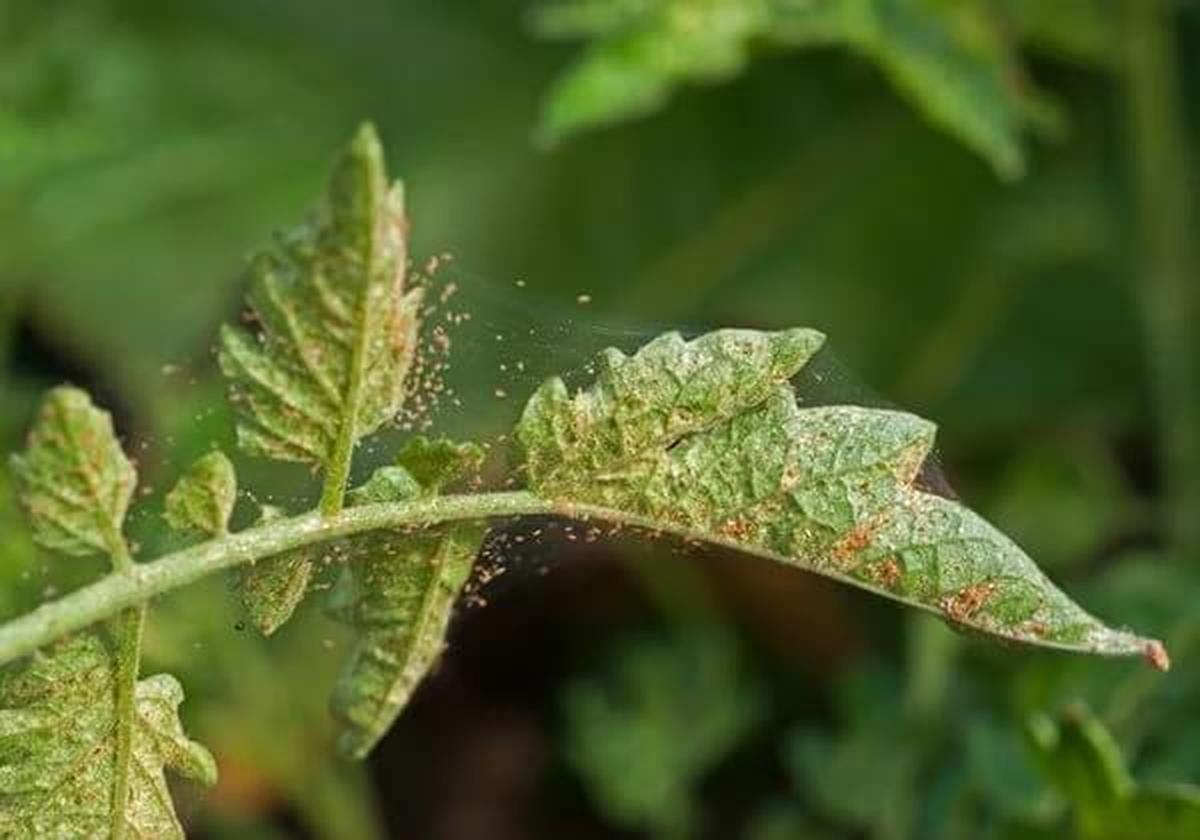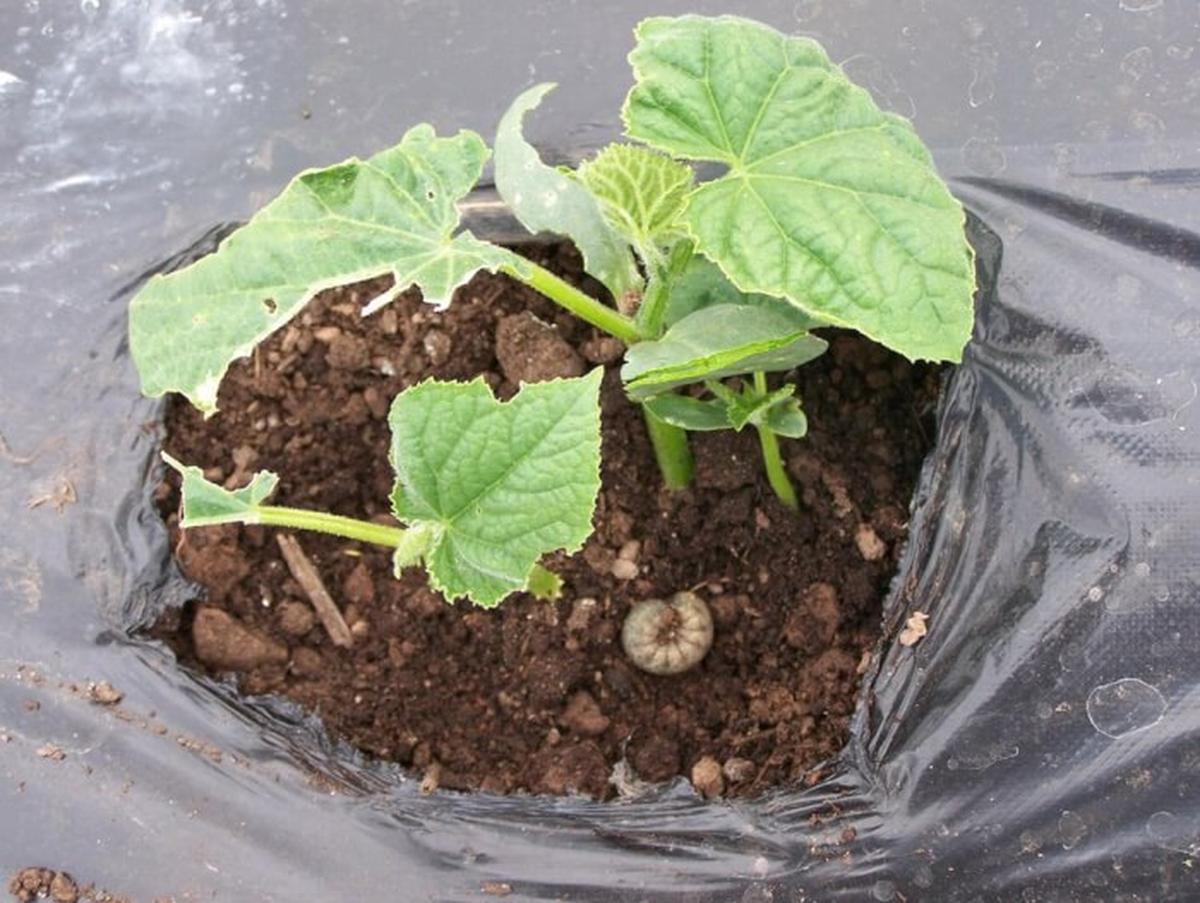8 Harmful Pests to Watch Out for in Your Cucumber Garden
Cucumbers are a garden favorite, but unfortunately, they’re also a favorite for certain pests.
These harmful insects can damage your plants, stunt growth, and reduce your harvest.
This list of 8 common cucumber pests helps you identify the bugs that might be lurking in your garden and provides tips for managing them effectively.
With a bit of prevention and timely action, you can keep your cucumber plants thriving all season long.
Cucumber Beetles
Cucumber beetles pose a common threat to cucumber plants, nibbling on leaves, stems, and even the vegetables themselves. Their feeding creates holes in foliage, leading to defoliation if left unchecked.
Placing sticky traps around the plant base can help manage their population and protect your plants effectively.
Aphids
Aphids are tiny sap-sucking insects that often hide on the undersides of leaves, weakening plants and spreading diseases like powdery mildew. In early infestations, they can be removed by pinching them off or spraying with water.
Ladybugs are natural predators of aphids, making them a beneficial addition to help control aphid populations.
Thrips
Thrips may be tiny and difficult to see, yet their presence can cause extensive damage, deforming foliage and leaving silver streaks on leaves. Pruning infected foliage and using neem oil are effective ways to control these pests.
Practicing good garden hygiene also prevents thrips from taking hold in your plants.
Squash Bugs
Squash bugs feed on the sap of cucumber leaves, injecting toxins that cause leaves to yellow and weaken. Manually removing and squishing them can be an effective control measure.
Keeping the garden clean and providing proper care for cucumber plants will help minimize the impact of squash bugs.
Whiteflies
Whiteflies gather on the undersides of leaves, sucking sap and excreting a sticky honeydew that attracts additional pests. Using neem oil or horticultural sprays deters whiteflies naturally.
Regular inspection and care can help prevent these pests from damaging your plants.
Cabbage Loopers
Cabbage loopers can quickly damage cucumber plants by chewing through leaves, leaving large holes. Picking off any adults, larvae, or eggs as soon as they’re spotted can help protect your plants.
Pruning damaged leaves also keeps the plant healthy and less attractive to loopers.
Two-Spotted Spider Mites
Two-spotted spider mites, though small, can cause stunted growth and even lead to plant defoliation. Pruning and disposing of infected leaves prevents their spread, while maintaining a consistent watering routine helps keep spider mites at bay.
Regular plant inspection supports early detection and control of these pests.
Cutworms
Cutworms are especially fond of cucumbers, often munching on leaves and stems. Removing cutworms by hand and tossing them into soapy water is a simple way to control their numbers.
Crushing any eggs you find before they hatch will help prevent new generations from emerging.

